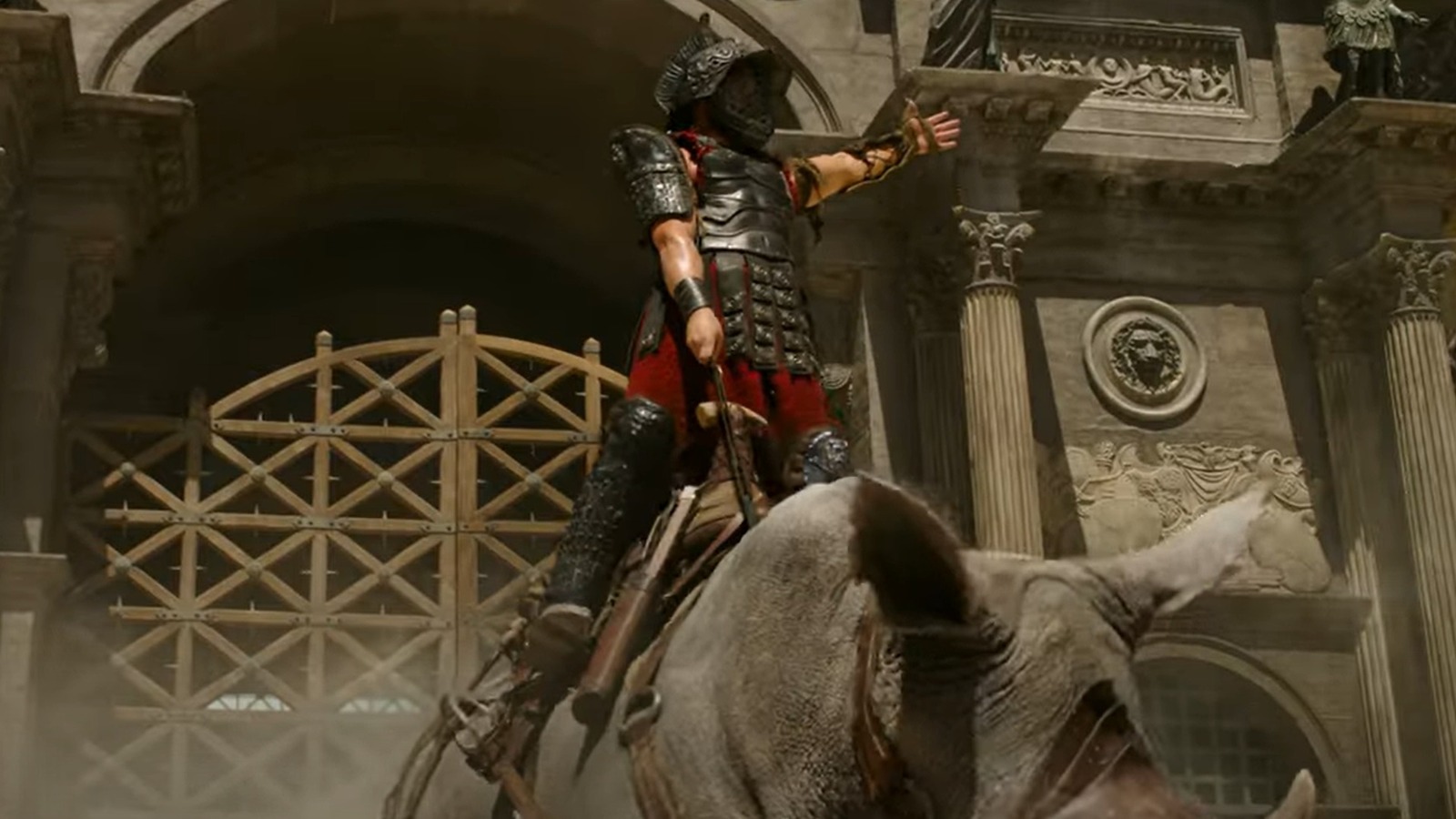
To be clear: Roman Colosseum venationes — animal fights — weren’t some willy-nilly event. Colosseum.info says that by the 4th century C.E. only 10 out of 176 game days at the Colosseum — more accurately the Flavian Amphitheater — featured animals. That’s because they had to be sourced, shipped, kept alive and caged, and eventually let loose into a crafted set that resembled a natural environment.
Venationes might not have been too common, but when they did happen they often featured ridiculous, population-depleting levels of animal deaths. When Emperor Titus opened the Colosseum in 80 C.E. he celebrated with 100 straight days of games that wound up killing thousands of animals — the highest reported number is around 9,000, the lowest 5,000. Later on Emperor Trajan topped Titus with a reported 11,000 animals dead over 123 straight days of games. For the record, this includes practically any large or uncommon mammal you could think of, not just the stereotypical lion: crocodiles, elephants, monkeys, cheetahs, bears all the way from Britain (yes, really), and even rhinoceroses.
Unlike what the “Gladiator II” depicts, however, combatants in venationes were not gladiators. Gladiators were trained and matched according to type, like the retiarius who sported a trident and net, or the heavily-armored provocator who wore a visored helmet, one greave on his left leg, and carried a large shield and sword for stabbing. Hunters in venationes were called venators, who like a bullfighter demonstrated agility and technique more than anything else.









